Beautiful to look at, flowers are a welcome addition to almost any environment, including the kitchen or restaurant. Avant-garde cuisine often features edible flowers, but you don’t have to have a Michelin star to join in—you only need to know which species are edible.
Some flowers we commonly plant are poisonous, or have poisonous components, while others can act like little multivitamins.
There are hundreds of flower species and varieties that can be added to salads, drinks, desserts, or other dishes, some of which you may already have in your yard. Furthermore their flavor is as varied as their colors and shapes, and no matter what taste you’re looking for, there’s probably a flower that possesses it.
Alliums (chives, leek, and garlic)
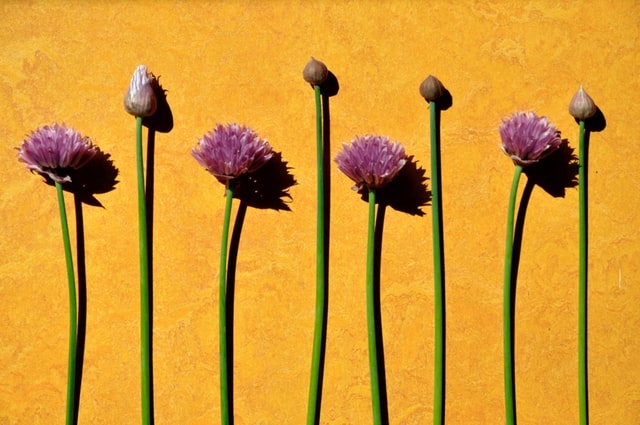
For many gardeners, these species are already there and planted for their stalks and roots, but the flowers of this family have a mild taste that compliments other parts of the plant well.
Pickled chive flowers make a great addition to peppery cocktails like a Bloody Mary or Martini.
Marigolds, Calendula
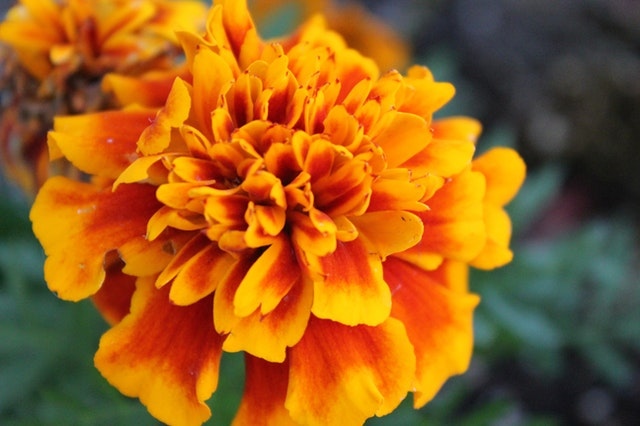
Beautiful in beds, pots, verges, or as a companion plant in a vegetable garden, marigolds (but not African marigolds) also have a zingy, lemony taste to them, and thus make perfect additions to desserts like cheesecake or fruit tarts.
Furthermore their yellow leaves contain a natural dye that’s known as “poor man’s saffron” and can be used to make yellow dishes, or even dye natural fibers.
The flowers from pot marigolds, a species known as calendula, not only add a touch of piquancy to a dish, but are good for wound healing as well.
Honeysuckles
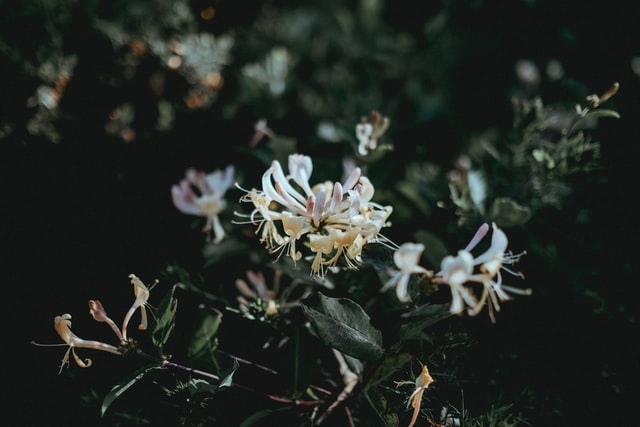
Owing to their name, honeysuckles have a sweet nectary taste. As a kid growing up in Virginia, we would pick the flowers, nibble off the base and suck out the nectar like a straw.
You can also cook with them and their sweet taste compliments sweet dishes, or can be used to freshen up/take the edge off spicy or rich dishes. They can also be used to make jam.
Nasturtiums
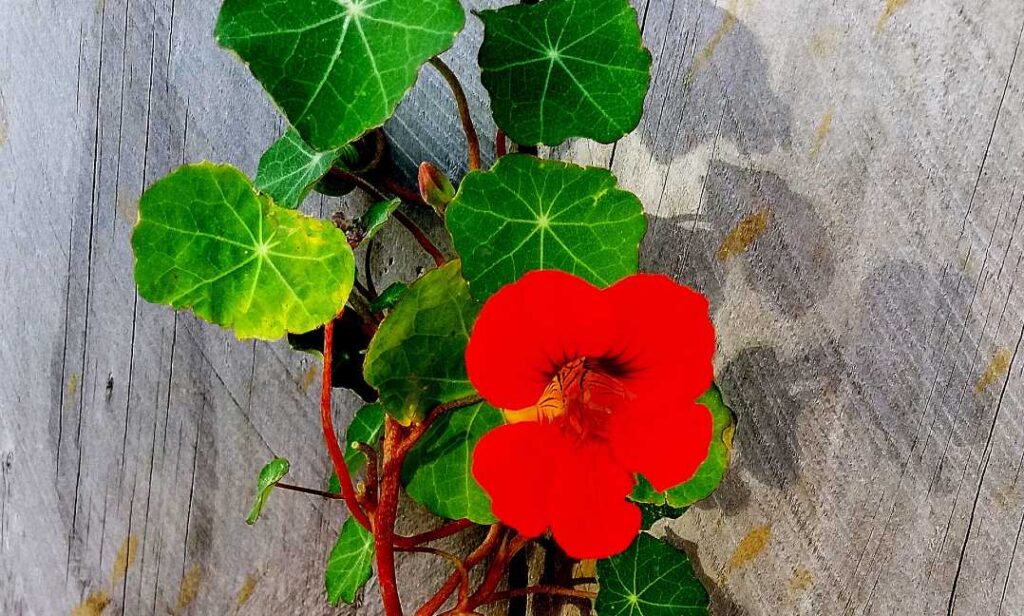
The flowers from the watercress family can be eaten and have a very similar taste to watercress itself.
The peppery flowers are a colorful way to introduce flavor to bland salads, or can be used as a pepper substitute if someone is sensitive to peppercorns.
“Weeds” (Mint, Chamomile, Dandelions)
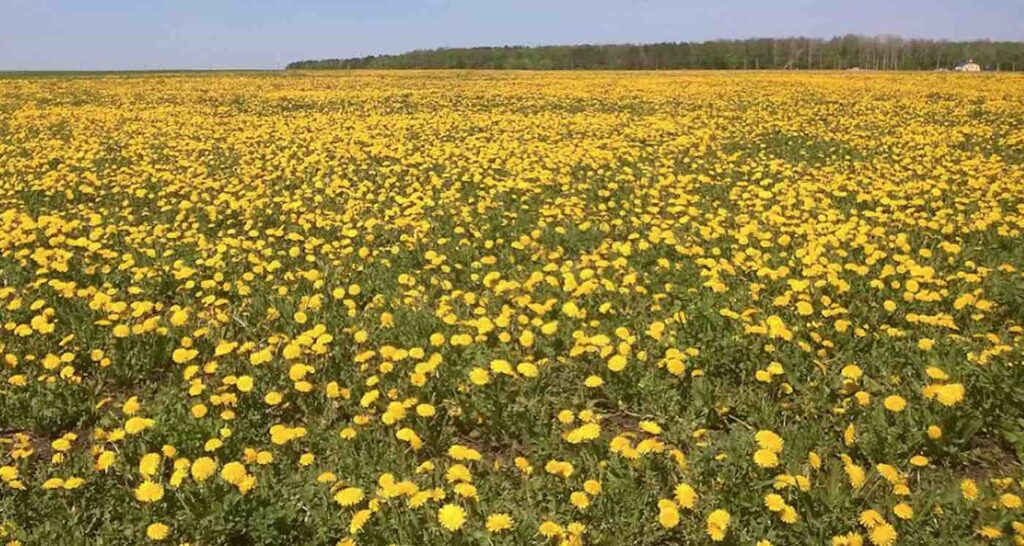
These prolific lawn denizens are very versatile plants, and can be eaten in many different ways. The flowers of all three can be eaten, and since they can often be found in the same meadow, instantly add color, flavor, diversity, and style to any salad.
Mint and chamomile leaves are sold around the world in teas, while dandelion leaves, though often quite bitter, are much healthier even than spinach.
Tulips
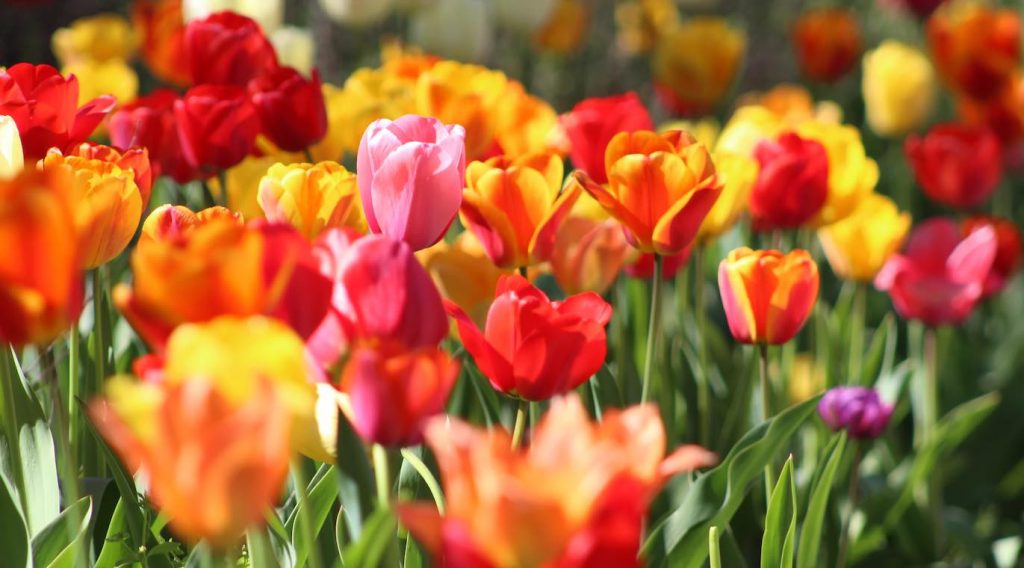
Tulip flowers’ curved petals, as one homesteading blogger wrote, are perfect for freezing to use as temporary ice cream or yogurt scoops.
Their sweet lettuce flavor makes them great in spring salads as well.
Perfumeries (Lavender, Roses)
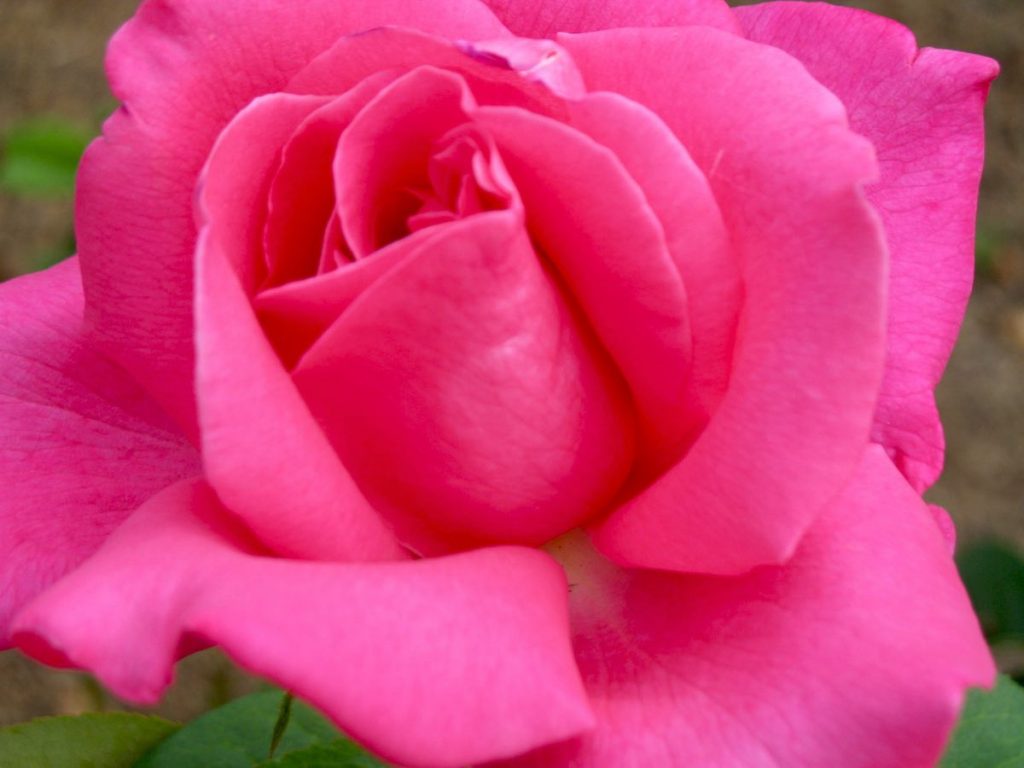
While these flowers are often used to create scented soaps or perfumes, they can also be eaten, or cooked into a broth to flavor different dishes.
MORE: 8 in 10 Youth Think Gardening is Cool, and Half Would Rather Visit a Garden Center Than a Nightclub
Rosewater is common in Middle Eastern cooking, while lavender is sometimes used as an ice-cream flavor agent—only be careful with lavender flowers since their flavor is really intense and can make your food taste like laundry detergent if you over do it.
Pansies
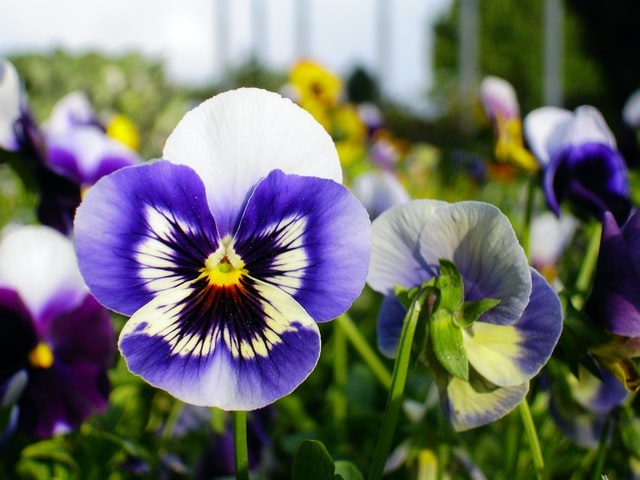
As the quintessential ornamental plant for professional centers and office blocks, most of us have seen pansies in every imaginable color.
RELATED: 8 Cheap Gardening Hacks For Plants – Using Wine and Plastic Bottles, Orange Peels and Coffee Grounds
This color can be added to a salad no problem, and their mild lettuce taste wont get in the way of key ingredients.
Hostas
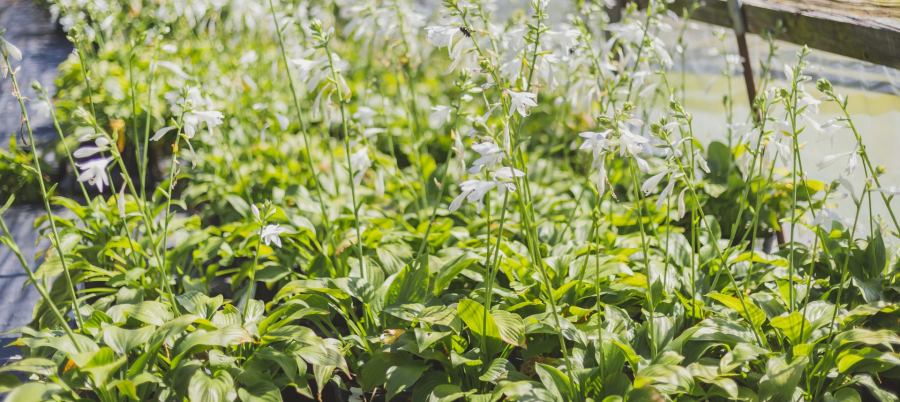
Not only do hostas own beautiful waxy leaves, but most parts of this popular ornamental plant are edible, including their bunches of light blue and white flowers.
They are great, says Rural Sprout’s blogger, in a stir fry, and actually the entire hostas plant has the potential to be a productive foodstuff.
Borage

The fuzzy leaves of this plant sit under blue, cucumbery, edible flowers. As such the refresh-factor is high, and can be added to salads, or desserts.
One cool idea is to freeze them inside ice cubes to be added into drinks later.
Grow the Good News in Your Friends News Feeds, Share This Story…




















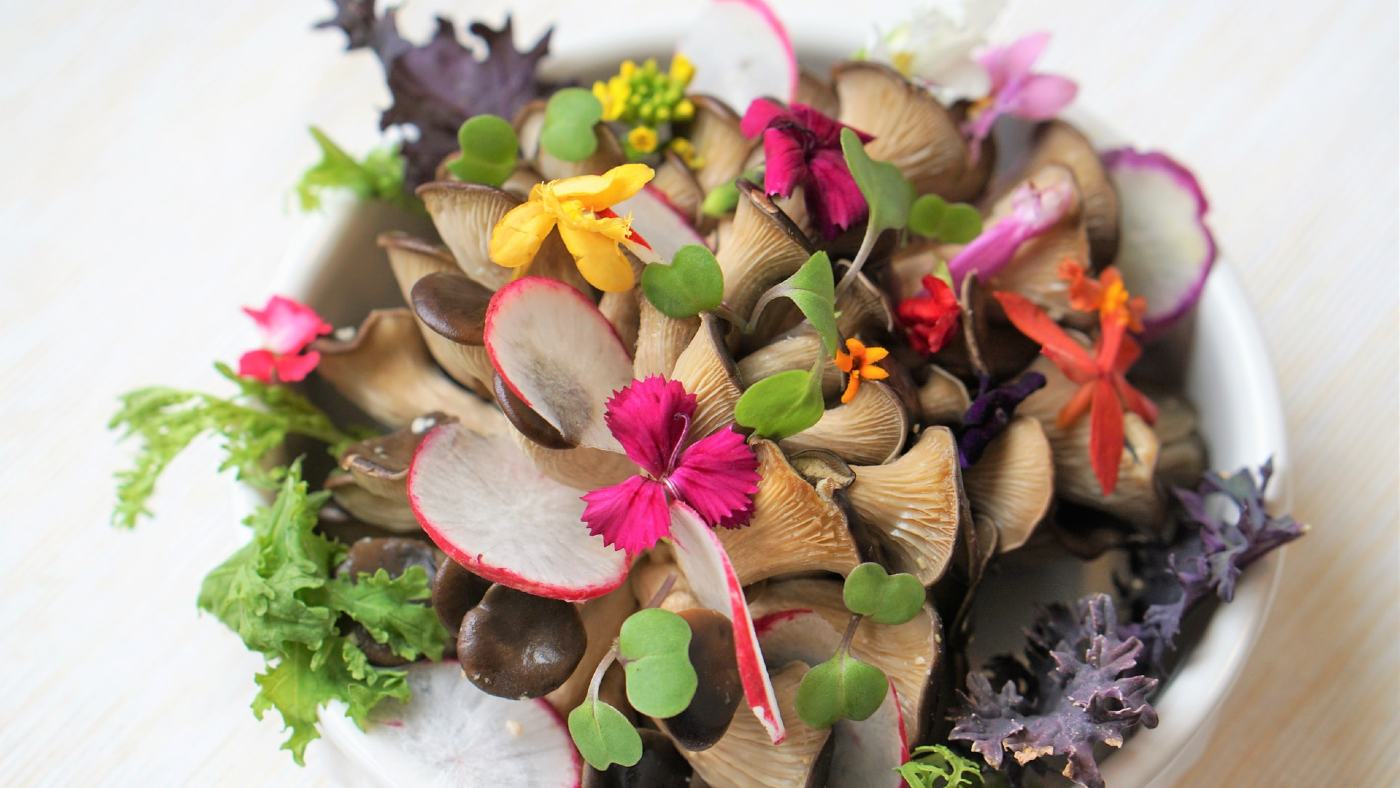
Violets aren’t mentioned? I love Violets. I mix Violet syrup with seltzer water. And there is an awesome Violet candy made in Italy that tastes amazing. I also mix Lavender syrup with lemon seltzer water to make a wonderful Lavender lemonade.
I’ve made jam with Rose Geraniums. You can flavor cakes, cookies and jams with the leaves and flowers of the Rose Geranium. Gives it a lovely rose scent/flavor.
My Grandmother use to make Elderflower pancakes for my Mom when she was a girl.